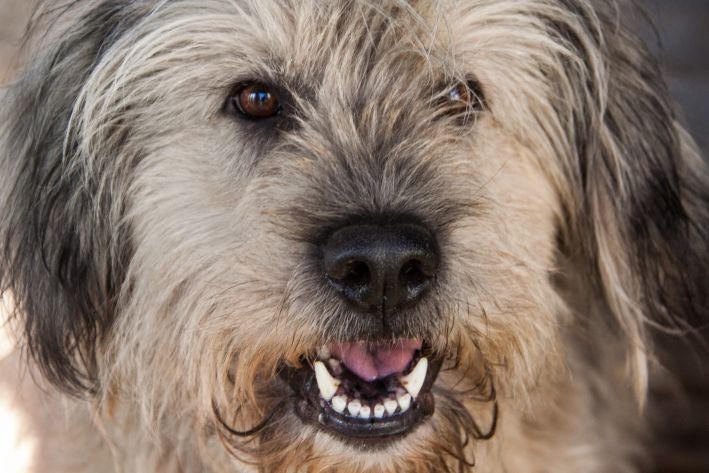When a dog ignores commands, it can leave owners feeling powerless and frustrated.
However, this behavior often has an explanation and solutions that will help improve interaction with your four-legged friend.
The first thing you need to do is make sure that the dog can actually hear and see you.

If she is busy with something more interesting, such as a game or a smell, she may not pay attention to commands.
Try to get her attention with a sound or a treat.
Often the problem is that the command is not fixed in the dog's mind. Repetition is the key to success in training.
Training should be regular and done in a calm environment where there are not too many distractions.
Dogs learn best when they are motivated.
Use something that your dog truly values, whether it's a treat, a game, or praise.
However, it is important not to overdo it with treats, so as not to develop an addiction to them alone.
Using the same words for commands is important.
If you say "sit" today and "sit" tomorrow, your dog may become confused.
Consistency in commands helps to consolidate them in the animal's memory.
If standard methods aren't working, it may be time to change your approach to training.
For example, if your dog ignores the "come" command, try backing away, making yourself a more interesting target to chase.
A playful approach can be more effective than strict methods.
A dog may respond to commands in a familiar environment, but not in a new or stressful situation.
Gradually increase the level of distractions during training so that your dog learns to perform commands in a variety of settings.
Sometimes the reason for ignoring commands may be related to physical or psychological discomfort.
If your dog suddenly stops responding to commands, you may want to consider how he or she is feeling.
If a dog knows commands but ignores them, it may be a dominance issue or a misunderstanding of the pack leader's role.
In this case, reinforcing your position as the pack leader through confident and consistent behavior can help.
Understanding your dog's personality will help you choose the right training method.
For example, for an active dog, training should include more physical activity.
A dog that receives enough socialization and attention is usually more responsive to commands.
Make time for play, walks, and interaction to strengthen your bond and improve obedience.
Integrating training into play makes the process more enjoyable for the dog.
Use toys or active games to combine training with fun.
